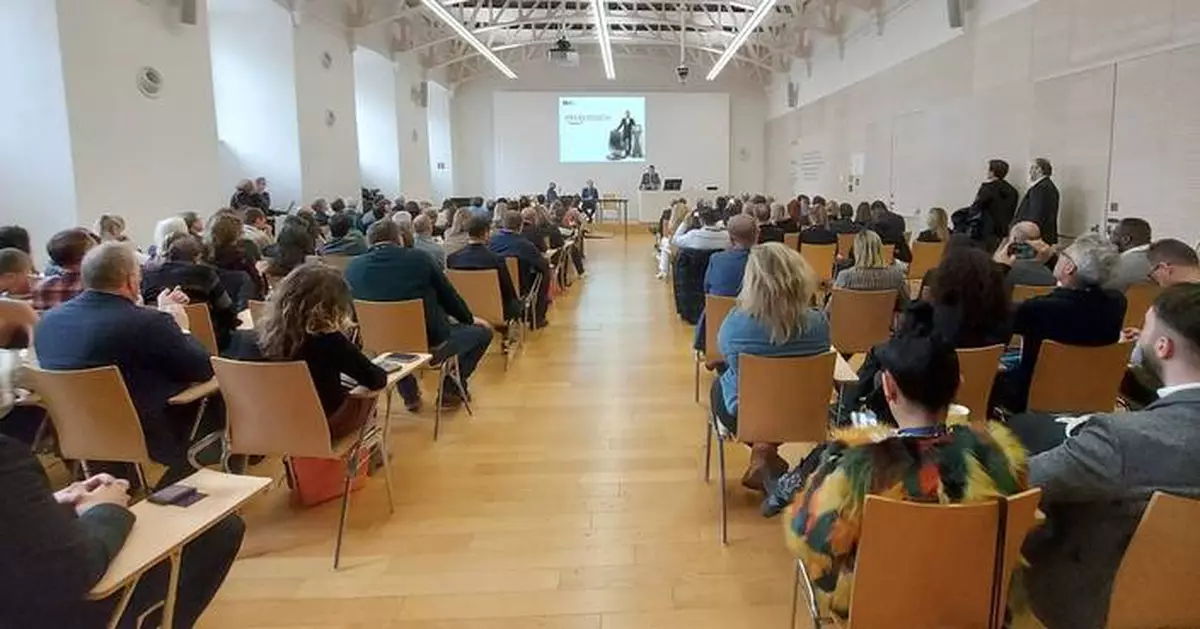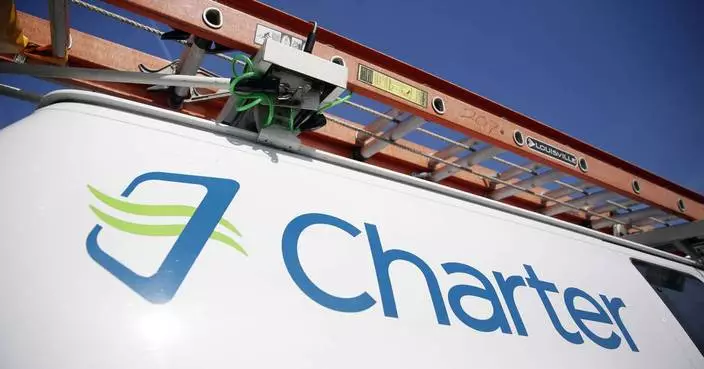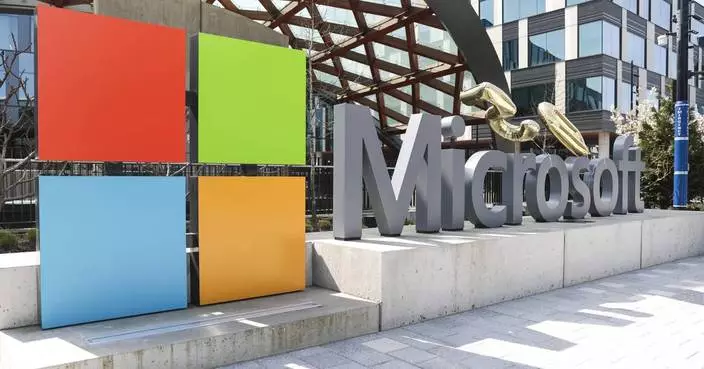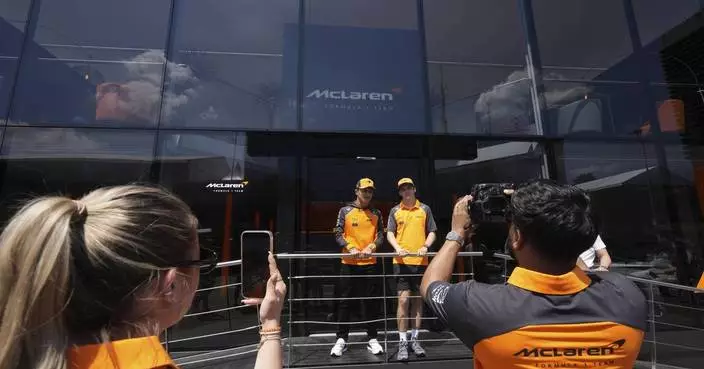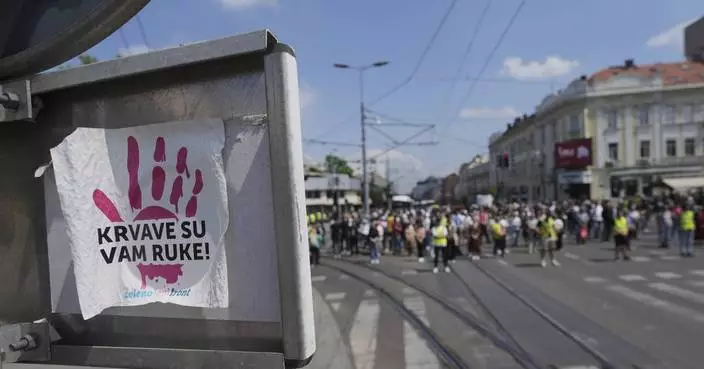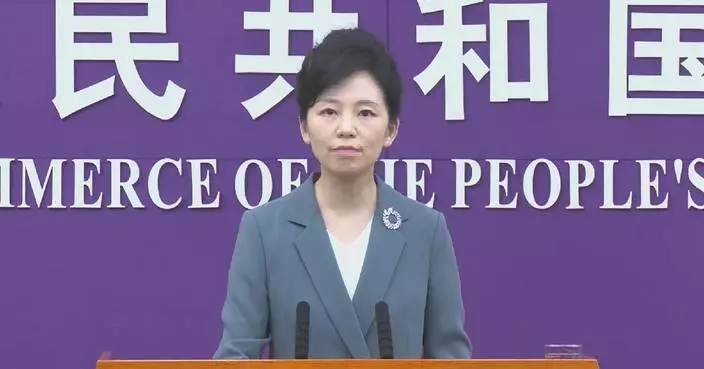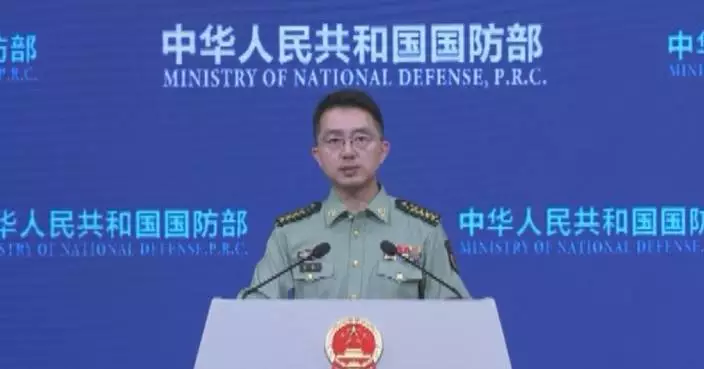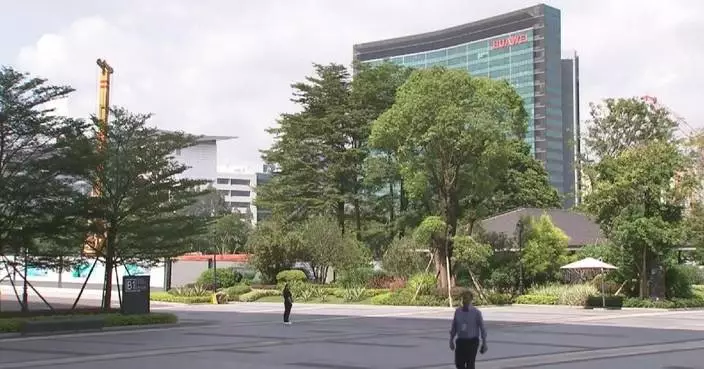VIENNA--(BUSINESS WIRE)--Feb 21, 2025--
DEKA Laser, a subsidiary of El.En. S.p.A., a company operating in the Laser and Energy-Based Devices market, listed on Borsa Italiana’s Euronext STAR Milan (“STAR”), and a global leader in medical technologies, has presented its latest innovative therapy, PelviTouch, for the treatment of erectile dysfunction, at the European Society for Sexual Medicine (ESSM) congress. This technology was initially developed, with great success, for the treatment of urinary incontinence for both sexes, and it has now been optimized and specialized by DEKA’s research and development team to improve men’s intimate health, with effective treatments aimed specifically at erectile dysfunction, a field in which the Italian company is an absolute pioneer.
This press release features multimedia. View the full release here: https://www.businesswire.com/news/home/20250221055364/en/
Paolo Salvadeo, DEKA’s CEO and El.En. S.p.A.’s General Manager, has stated: “ PelviTouch is another example of DEKA’s ability to create innovation, bringing high-end breakthrough technologies onto the market, delivering enormous benefits to the patients. DEKA has invested a lot in research and development and on clinical research, achieving extraordinary results. We have worked closely with professionals in urology, andrology and gynecology, focusing on treatment compliance for the patient, an even-more delicate aspect when we talk about intimate health and issues related to the sexual sphere”.
The treatment PelviTouch by DEKA uses a magnetic field generated by the TOP FMS technology (TOP Flat Magnetic Stimulation), which acts on the pelvic floor, a crucial area for the sexual function. Thanks to the stimulation of peripheral nerves, the induced muscular contractions are greater compared to those obtainable voluntarily, strengthening pelvic muscles and improving erection. This treatment is also capable of relaxing the muscles themselves, thereby reducing spasms and stiffness, often caused by problems like erectile dysfunction and urinary incontinence.
Nicola Mondaini, Associate Professor of Urology, has shared the results of the studies on the benefits of PelviTouch for the improvement of erectile dysfunction and urinary incontinence with the congress attendees. “ The therapy has proven to be particularly effective also for the treatment of Chronic Pelvic Pain Syndrome (CPPS), an ailment which can strongly impact sexual health. PelviTouch has shown very positive effects in the reduction of pelvic pain, improving urinary symptoms and patients’ quality of life, without resorting to invasive or painful procedures”, underscored Prof. Mondaini.
Dr. Giovanni Corona, internationally prominent endocrinologist and andrologist and President of ESSM, presented to the participants of the congress - which hosted urologists, andrologists, gynecologists and psychologists from the entire world - the PelviTouch therapy and the results achieved through the studies conducted by Prof. Nicola Mondaini, who contributed to the identification of the most effective treatment protocols.
“ By 2025 – stated Dr. Corona – it is predicted that about 322 million men worldwide will suffer from erectile dysfunction, namely the inability to have and/or maintain a satisfactory erection, despite the presence of a good sexual desire. PelviTouch normalizes the pelvic floor and “optimizes” the erection”.
With the treatment, the pelvic floor muscles are strengthened by means of high-intensity contractions, lasting a couple of seconds. These contractions are independent of the cerebral function as the peripheral nerves in the pelvic floor are stimulated directly and reach a higher intensity than that possible through the voluntary muscular action alone.
By circumventing the voluntary muscular action, PelviTouch is also able to induce relaxation of the muscles and loosen muscular stiffness in all those conditions in which pelvic area muscular spasms occur.
Moreover, the therapy has proven to be useful also for urinary incontinence, in particular in the case of post-prostatectomy stress incontinence, thanks to the strengthening of pelvic muscles. PelviTouch has also a positive effect on the detrusor muscle, thereby contributing to reduce urination frequency and strong urination urge.
In conclusion PelviTouch enters the market as a non-invasive, safe and highly effective solution for the treatment of male intimate ailments, combining advanced medical technologies with the wellbeing and satisfaction of the patient.
Information on DEKA M.E.L.A.
DEKA M.E.L.A. is a subsidiary of the large multinational group El.En., which has had experience in the laser world for over 40 years.
Headquartered in Florence, the Italian company has its roots in a culture which has made excellence in thinking its dominant characteristic. Thanks to its invaluable cultural heritage and its unique historical background, DEKA encompasses a universal value promise in its vision: To transform each scientific discovery in a concrete benefit for physicians and patients and translate each technological innovation into ongoing improvement in its range of products and services for the amelioration of people’s quality of life.
www.dekalaser.com
www.dekaintimate.com
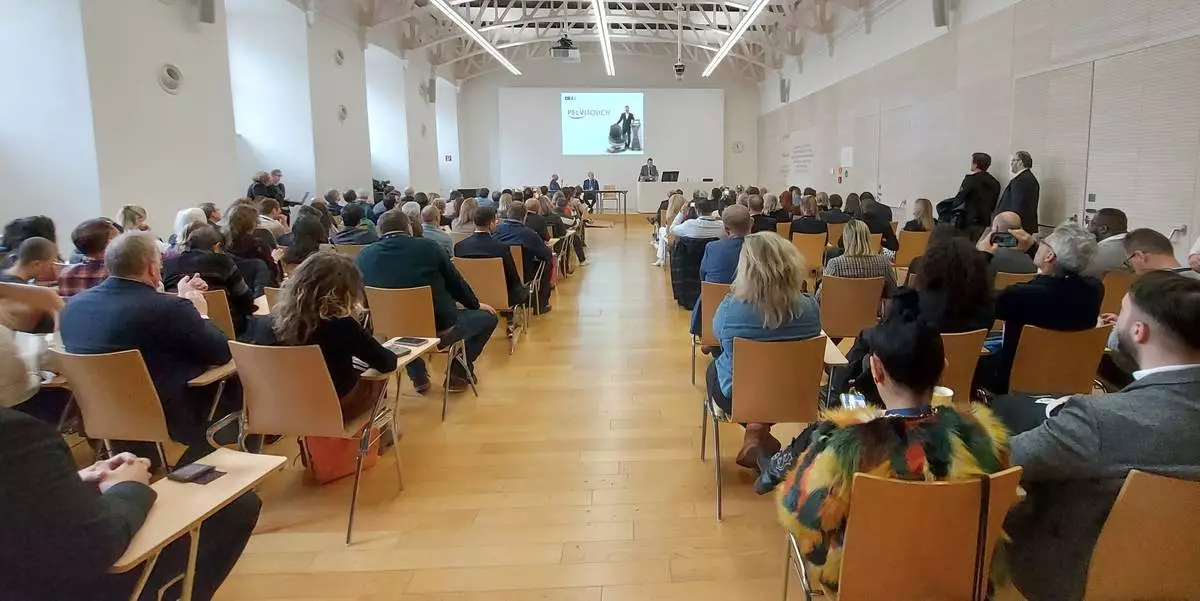
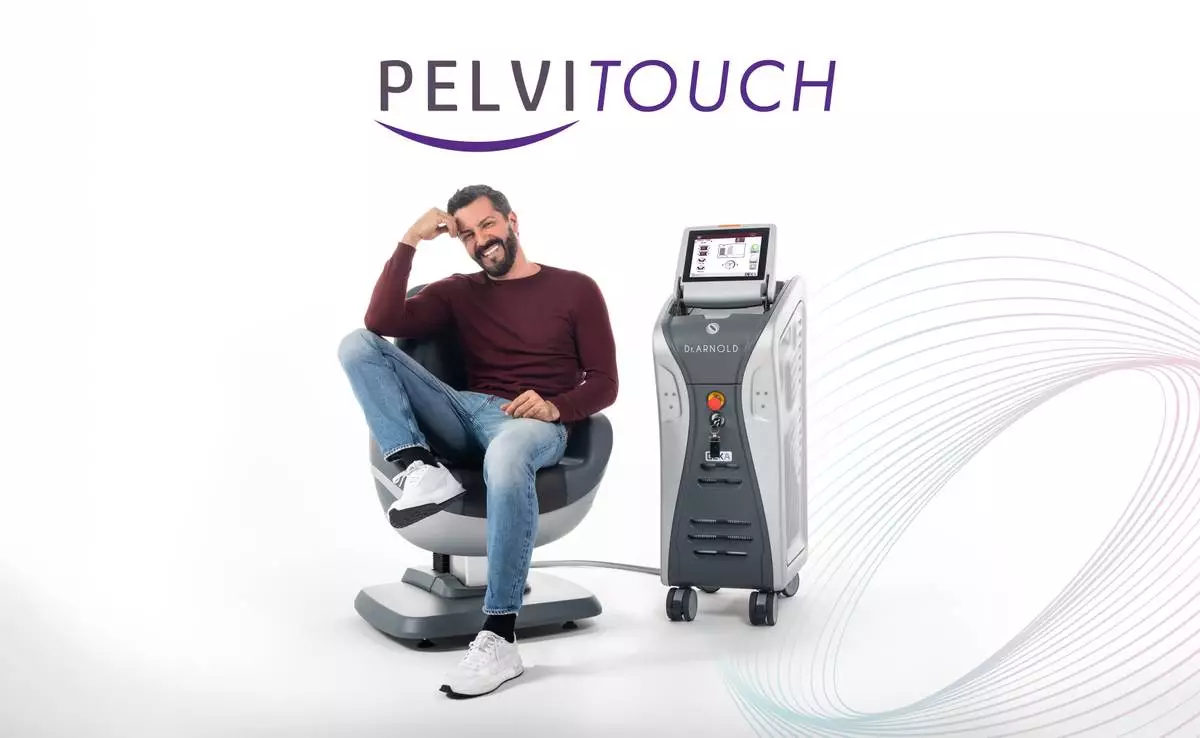
PelviTouch (Photo by DEKA)

PelviTouch Therapy Presentation at ESSM Congress (Photo by DEKA)
New Jersey Transit train engineers went on strike Friday, leaving an estimated 350,000 commuters in New Jersey and New York City to seek other means to reach their destinations or consider staying home.
Groups of picketers gathered in front of transit headquarters in Newark and at the Hoboken Terminal, carrying signs that said “Locomotive Engineers on Strike” and “NJ Transit: Millions for Penthouse Views Nothing for Train Crews.”
Friday’s rail commute into New York from New Jersey is typically the lightest of the week. In New York, some commuters from New Jersey said they could not work remotely and had to come in, taking busses to the Port Authority bus terminal in Manhattan.
David Milosevich, a fashion and advertising casting director, was on his way to a photo shoot in Brooklyn. At 1 a.m. he checked his phone and saw the strike was on.
“I left home very early because of it,” he said, grabbing the bus in Montclair, New Jersey, and arriving in Manhattan at 7 a.m. “I think a lot of people don’t come in on Fridays since COVID. I don’t know what’s going to happen Monday.”
The walkout comes after the latest round of negotiations on Thursday didn’t produce an agreement. It is the state’s first transit strike in more than 40 years and comes a month after union members overwhelmingly rejected a labor agreement with management.
“We presented them the last proposal; they rejected it and walked away with two hours left on the clock," said Tom Haas, general chairman of the Brotherhood of Locomotive Engineers and Trainmen.
NJ Transit CEO Kris Kolluri described the situation as a “pause in the conversations.”
“I certainly expect to pick back up these conversations as soon as possible,” he said late Thursday during a joint news conference with New Jersey Gov. Phil Murphy. “If they’re willing to meet tonight, I’ll meet them again tonight. If they want to meet tomorrow morning, I’ll do it again. Because I think this is an imminently workable problem. The question is, do they have the willingness to come to a solution.”
Murphy and Kolluri planned a Friday morning news conference.
A few blocks from the Port Authority bus terminal, the NJ Transit train terminal was quiet, with an NJ transit worker in an orange hoody on hand to warn riders it was closed, Signs read: “service suspended.”
The South Amboy train station, an express stop on the NJ Transit rail line, was vacant. But the Waterway ferry that began service only 18 months ago from a waterside launching point that’s a 10-minute walk from the train station was busier than usual for its 6:40 a.m., 55-minute nonstop trip to Manhattan.
The ferry runs once an hour during the morning and evening commutes. With about three dozen people aboard, more than half the seats in the ferry’s lower deck were empty.
Murphy said it was important to “reach a final deal that is both fair to employees and at the same time affordable to New Jersey’s commuters and taxpayers.”
"Again, we cannot ignore the agency’s fiscal realities,” Murphy said.
The announcement came after 15 hours of nonstop contract talks, according to the union.
NJ Transit — the nation’s third-largest transit system — operates buses and rail in the state, providing nearly 1 million weekday trips, including into New York City. The walkout halts all NJ Transit commuter trains, which provide heavily used public transit routes between New York City’s Penn Station on one side of the Hudson River and communities in northern New Jersey on the other, as well as the Newark airport, which has grappled with unrelated delays of its own recently.
The agency had announced contingency plans in recent days, saying it planned to increase bus service, but warned riders that the buses would only add “very limited” capacity to existing New York commuter bus routes in close proximity to rail stations and would not start running until Monday.
However, the agency noted that the buses would not be able to handle close to the same number of passengers — only about 20% of current rail customers — so it urged people who could work from home to do so.
Earlier, even the thread of a strike caused travel disruptions. Amid the uncertainty, the transit agency canceled train and bus service for Shakira concerts Thursday and Friday at MetLife Stadium in New Jersey.
The parties met Monday with a federal mediation board in Washington to discuss the matter, and a mediator was present during Thursday’s talks. Kolluri said Thursday night that the mediation board has suggested a Sunday morning meeting to resume talks.
Wages have been the main sticking point of the negotiations between the agency and the Brotherhood of Locomotive Engineers and Trainmen that wants to see its members earn wages comparable to other passenger railroads in the area. The union says its members earn an average salary of $113,000 a year and says an agreement could be reached if agency CEO Kris Kolluri agrees to an average yearly salary of $170,000.
NJ Transit leadership, though, disputes the union’s data, saying the engineers have average total earnings of $135,000 annually, with the highest earners exceeding $200,000.
Kolluri and Murphy said Thursday night that the problem isn’t so much whether both sides can agree to a wage increase, but whether they can do so under terms that wouldn’t then trigger other unions to demand similar increases and create a financially unfeasible situation for NJ Transit.
Congress has the power to intervene and block the strike and force the union to accept a deal, but lawmakers have not shown a willingness to do that this time like they did in 2022 to prevent a national freight railroad strike.
The union has seen steady attrition in its ranks at NJ Transit as more of its members leave to take better-paying jobs at other railroads. The number of NJ Transit engineers has shrunk from 500 several months ago to about 450.
Associated Press reporters Cedar Attanasio and Larry Neumeister in New York, Hallie Golden in Seattle and Josh Funk in Omaha, Nebraska, contributed to this report.
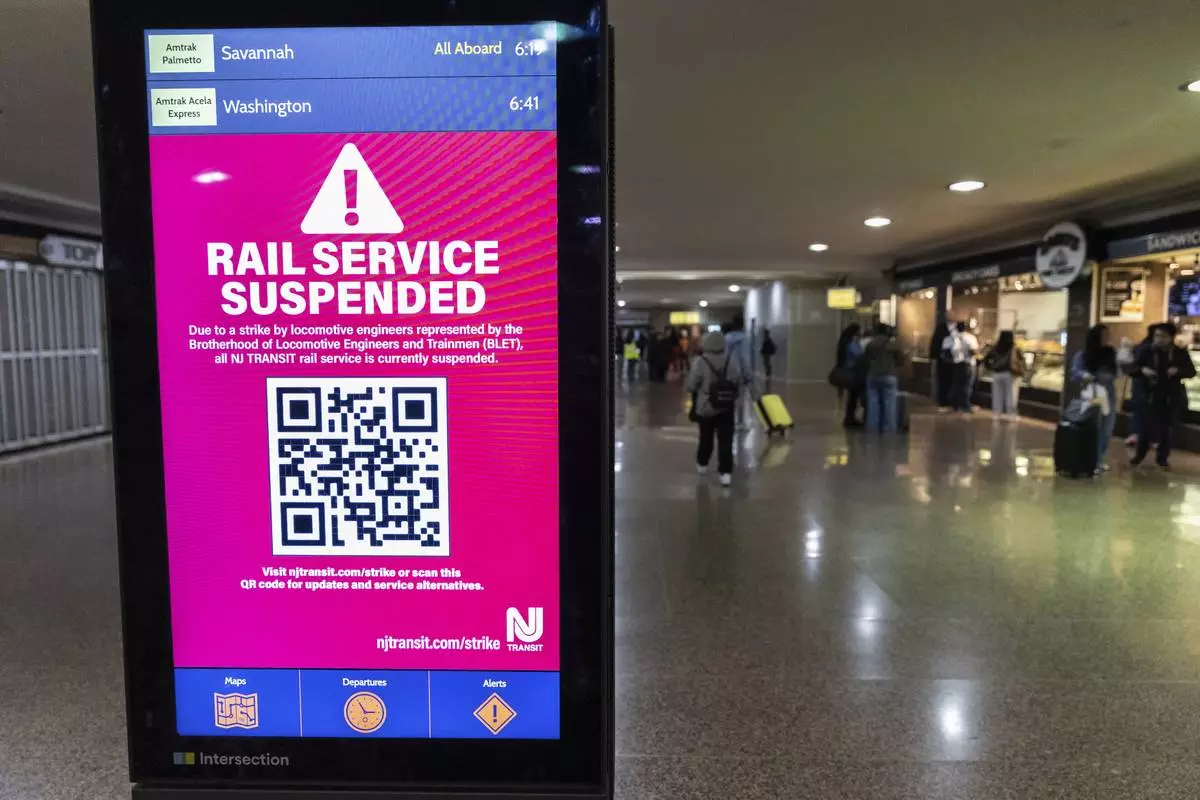
An information screen informing commuters of the rail service suspension, due to the strike by Union members from the Brotherhood of Locomotive Engineers and Trainmen, inside Newark Penn Station on Friday, May 16, 2025 in Newark, New Jersey. (AP Photo/Stefan Jeremiah)
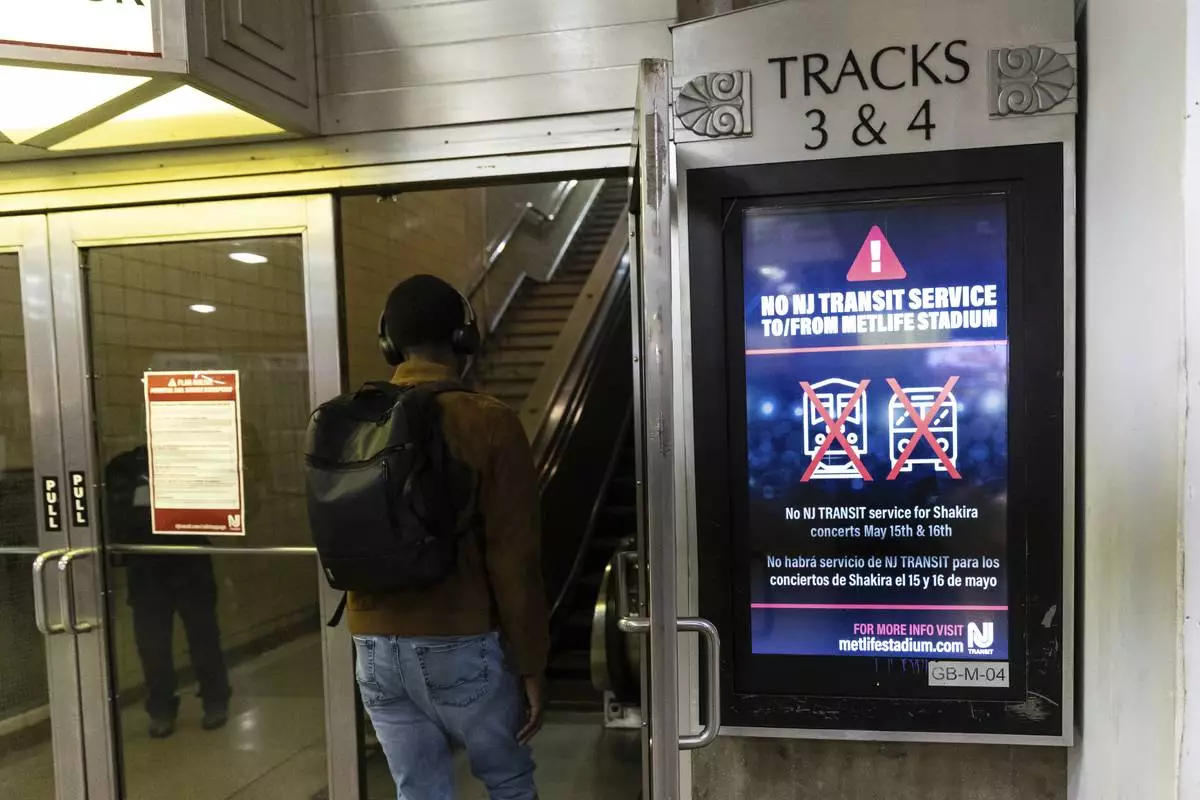
An information screen informing commuters of the rail service suspension, due to the strike by Union members from the Brotherhood of Locomotive Engineers and Trainmen, inside Newark Penn Station on Friday, May 16, 2025 in Newark, New Jersey. (AP Photo/Stefan Jeremiah)
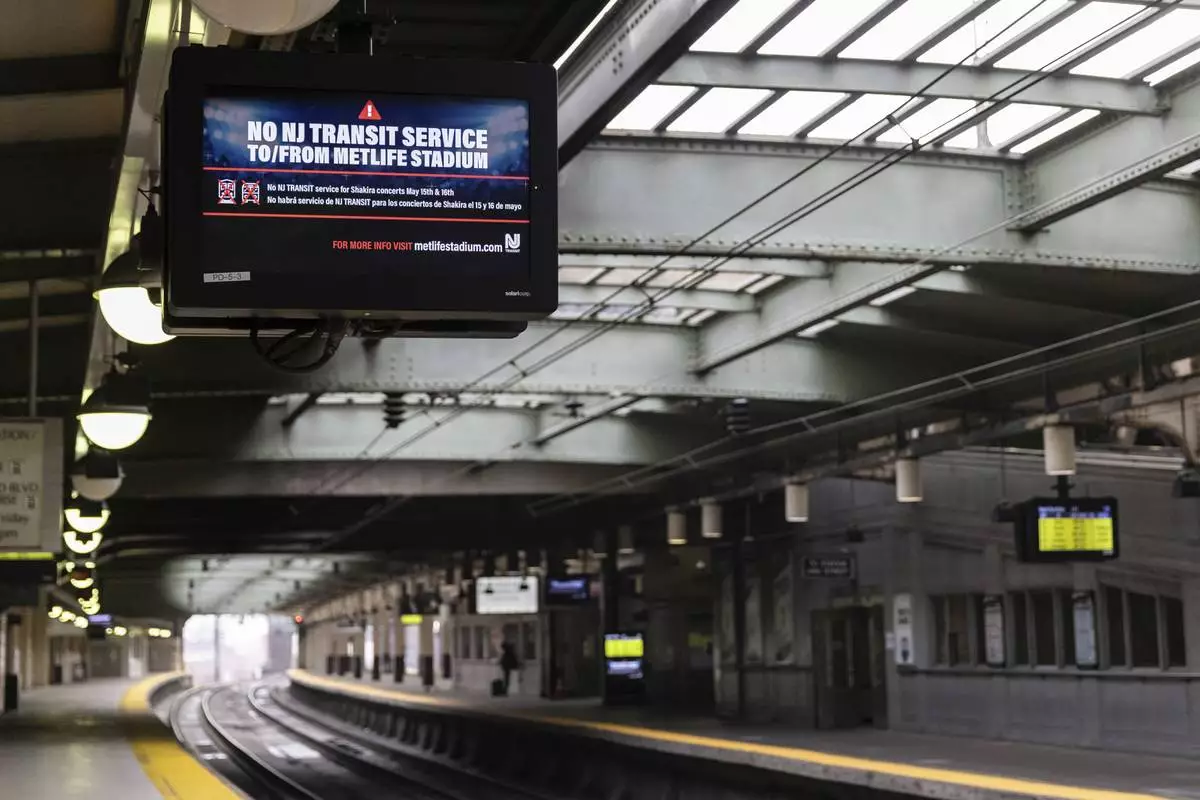
An empty PATH train platform with an information screen informing commuters of the rail service suspension, due to the strike by Union members from the Brotherhood of Locomotive Engineers and Trainmen, inside Newark Penn Station on Friday, May 16, 2025 in Newark, New Jersey. (AP Photo/Stefan Jeremiah)
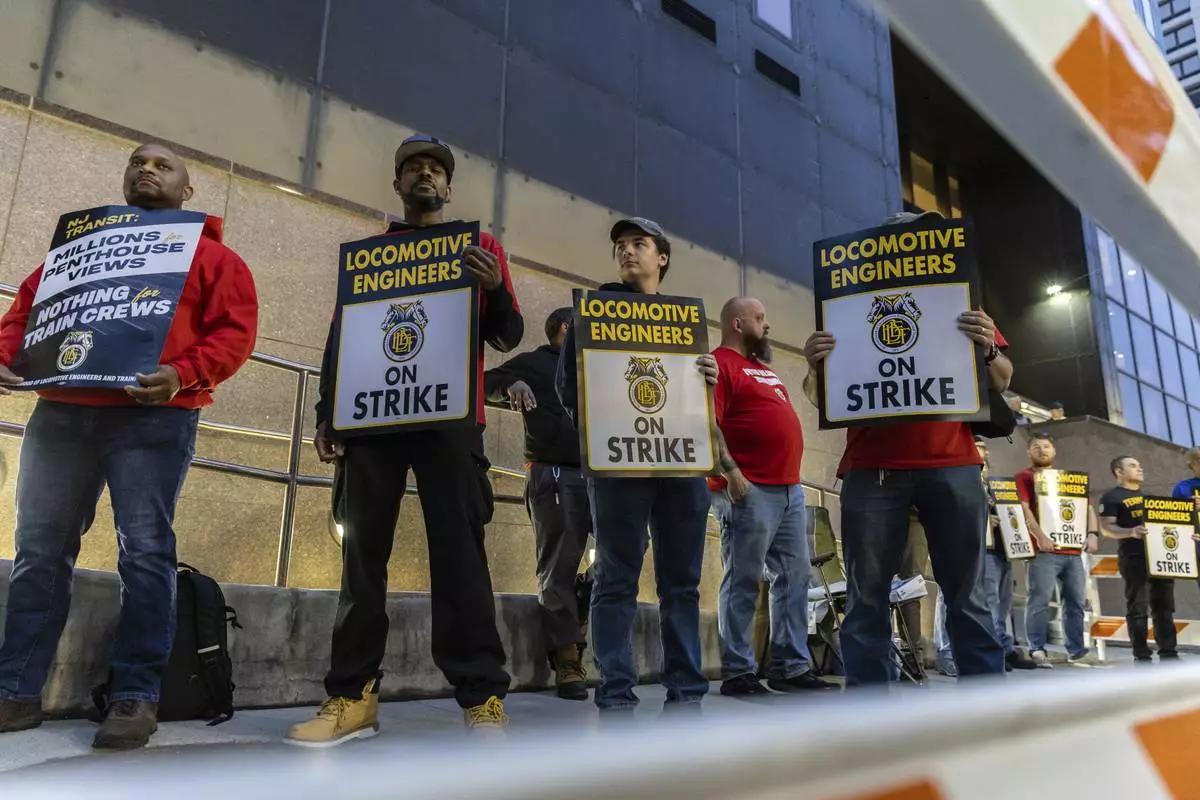
Union members from the Brotherhood of Locomotive Engineers and Trainmen form a picket line outside the NJ Transit Headquarters on Friday, May 16, 2025 in Newark, New Jersey. (AP Photo/Stefan Jeremiah)
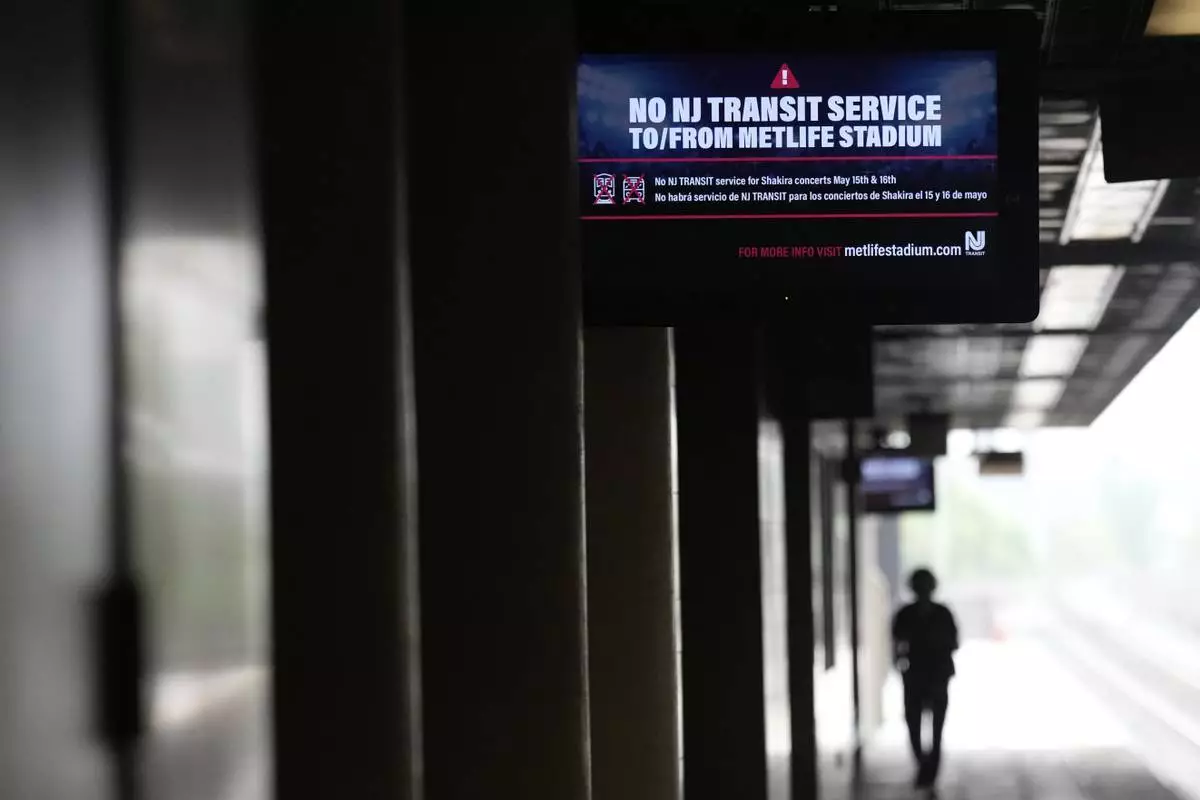
An electronic display advises commuters of NJ Transit service disruptions at the Secaucus Junction station in Secaucus, N.J., Wednesday, May 14, 2025. (AP Photo/Seth Wenig)
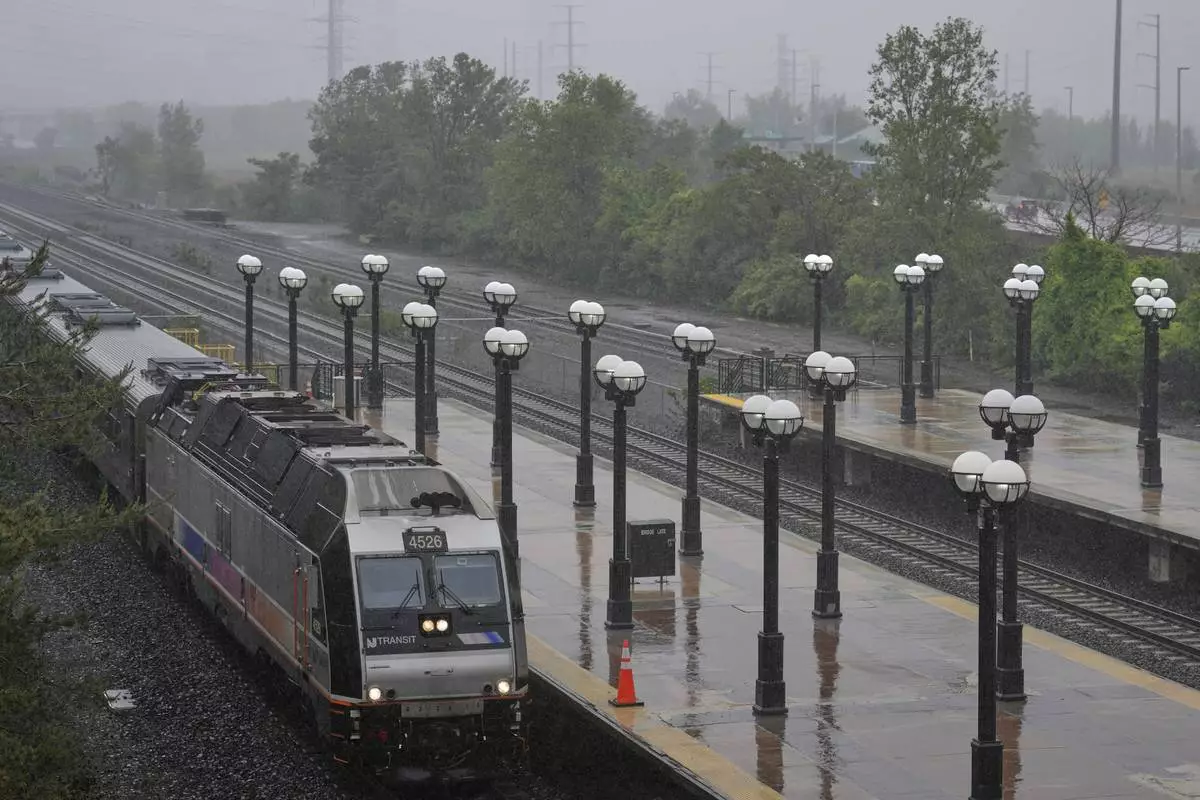
An NJ Transit train pulls into the Secaucus Junction station in Secaucus, N.J., Wednesday, May 14, 2025. (AP Photo/Seth Wenig)
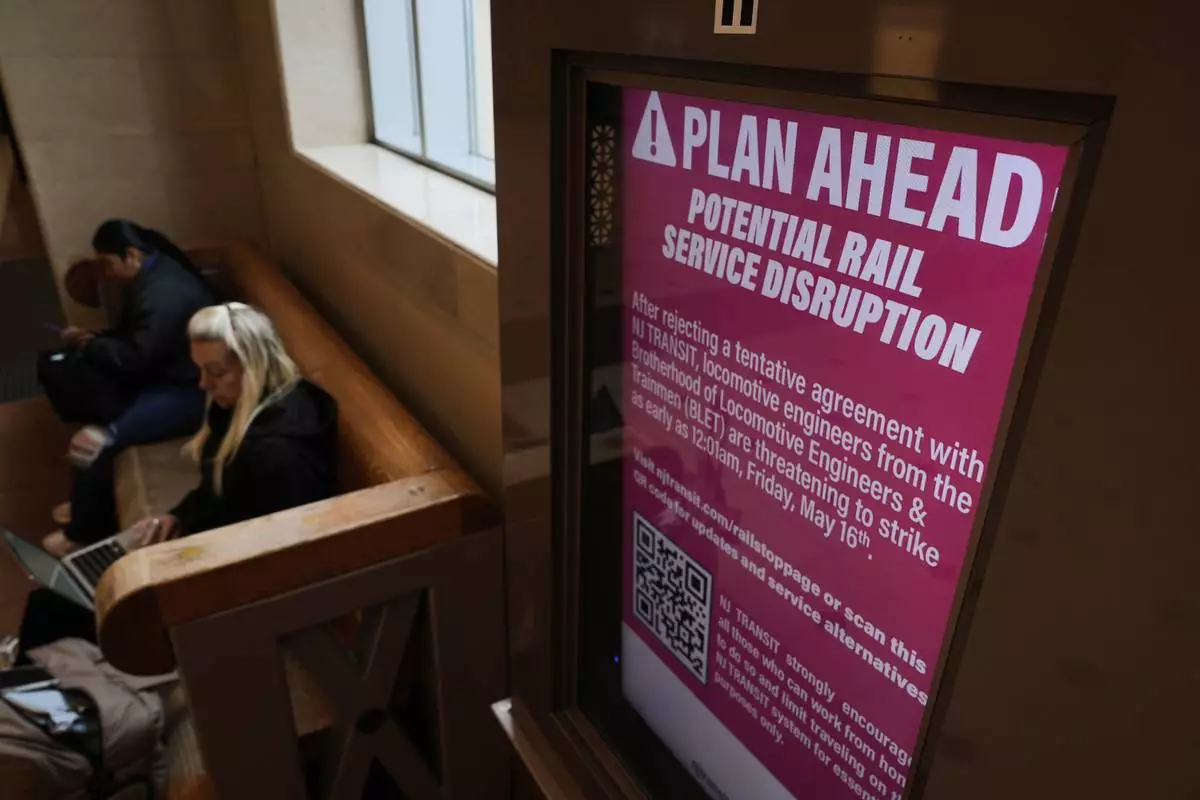
An electronic display advises commuters of potential NJ Transit service disruptions at the Secaucus Junction station in Secaucus, N.J., Wednesday, May 14, 2025. (AP Photo/Seth Wenig)
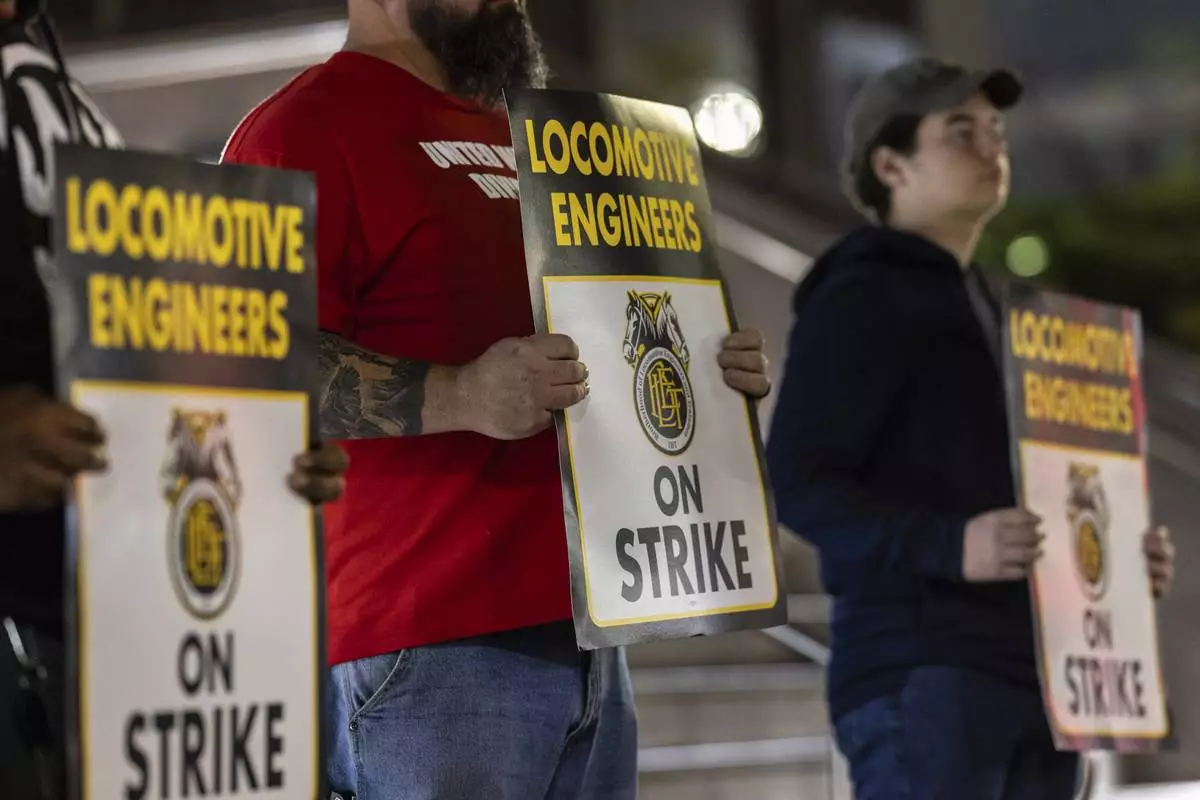
Union members from the Brotherhood of Locomotive Engineers and Trainmen form a picket line outside the NJ Transit Headquarters on Friday, May 16, 2025 in Newark, New Jersey. (AP Photo/Stefan Jeremiah)
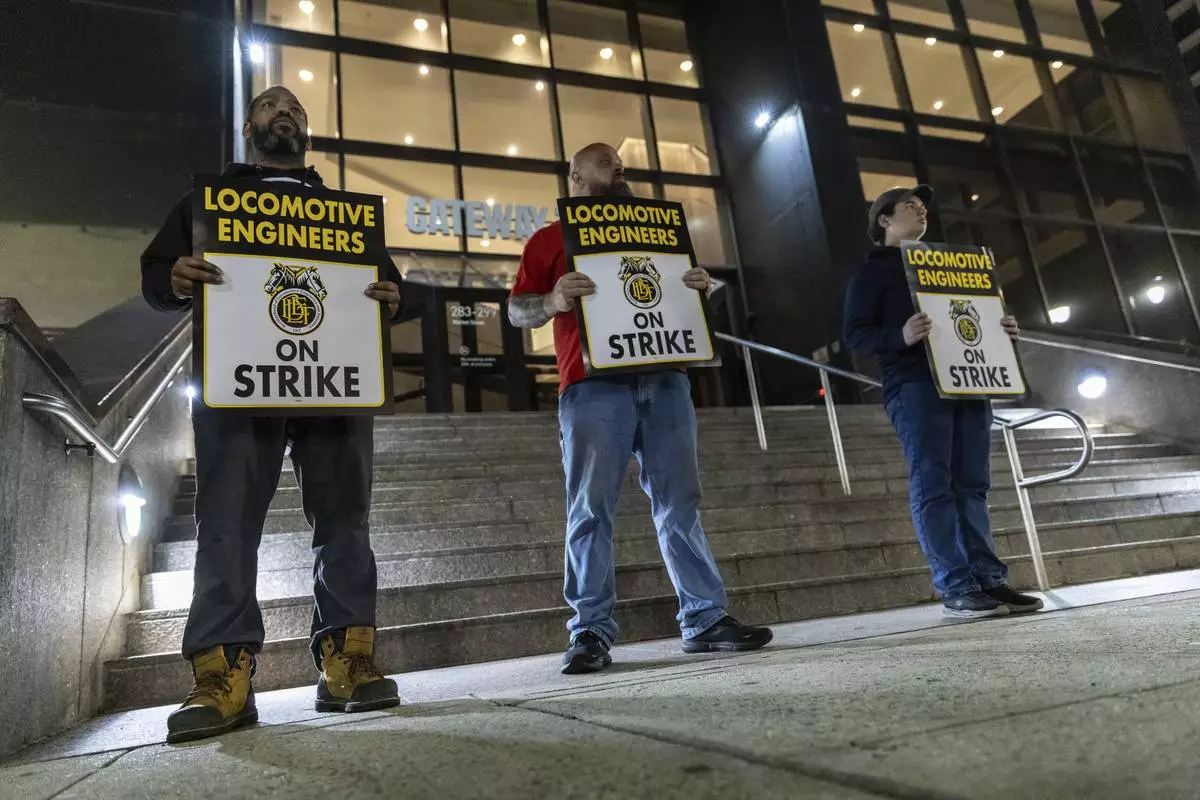
Union members from the Brotherhood of Locomotive Engineers and Trainmen form a picket line outside the NJ Transit Headquarters on Friday, May 16, 2025 in Newark, New Jersey. (AP Photo/Stefan Jeremiah)





